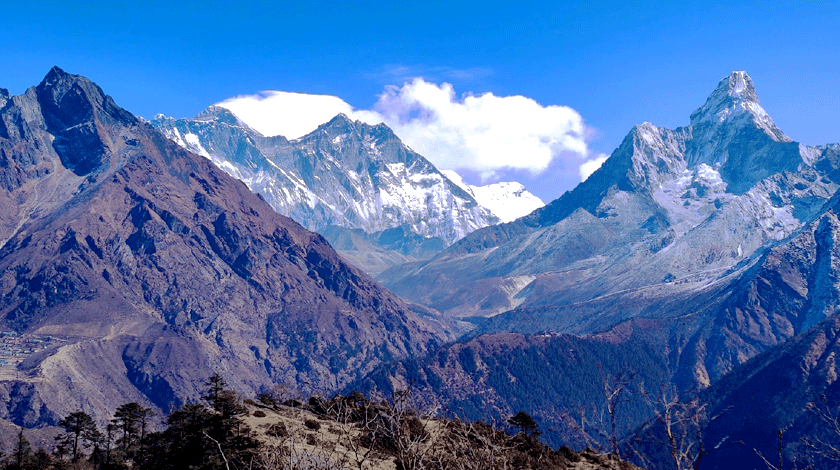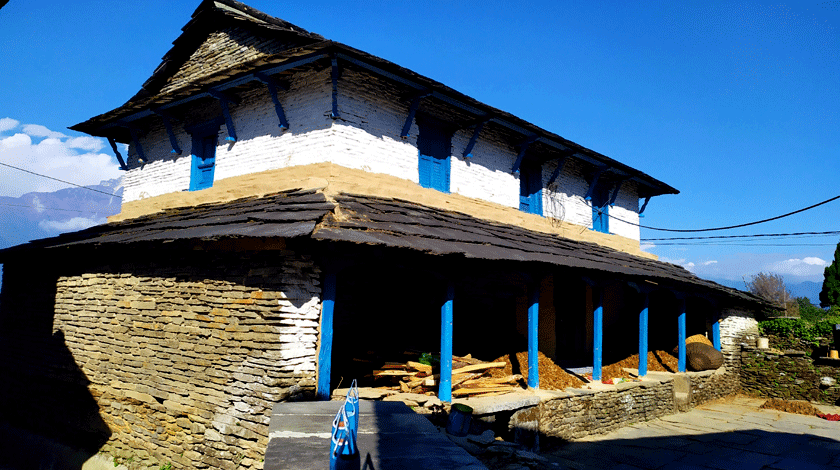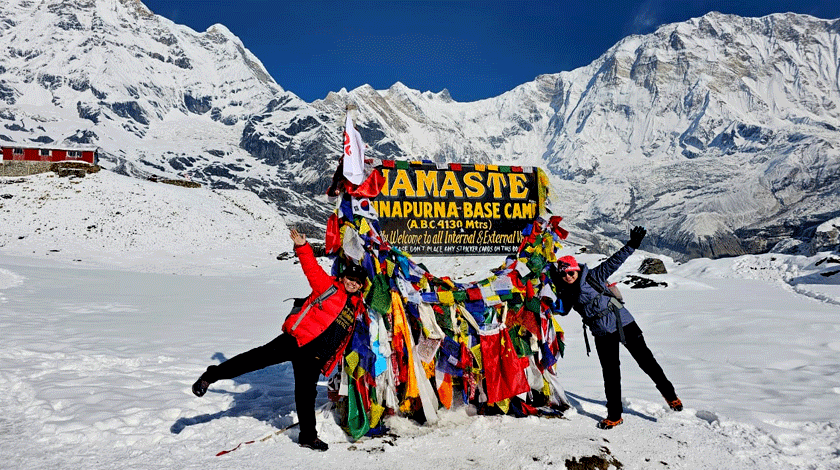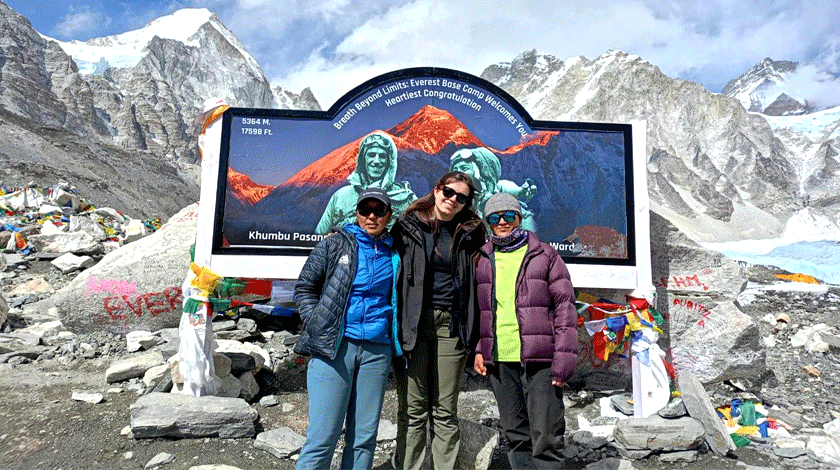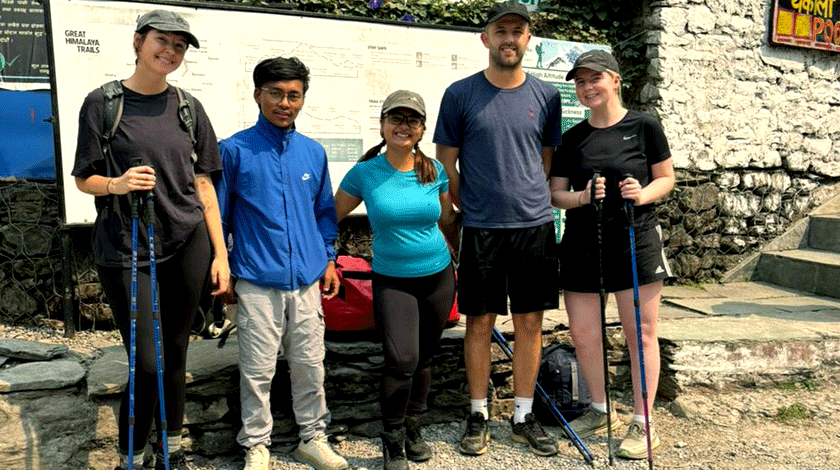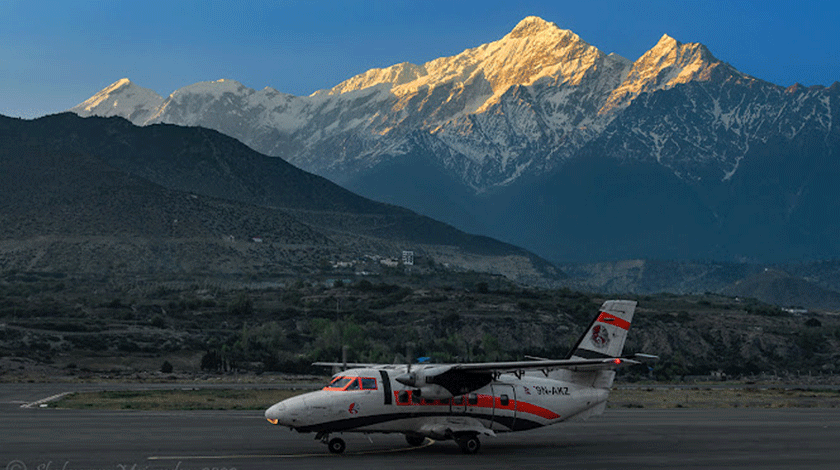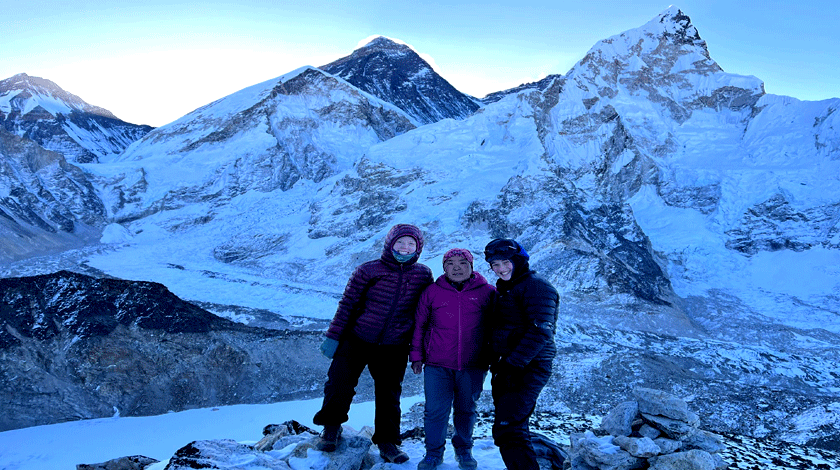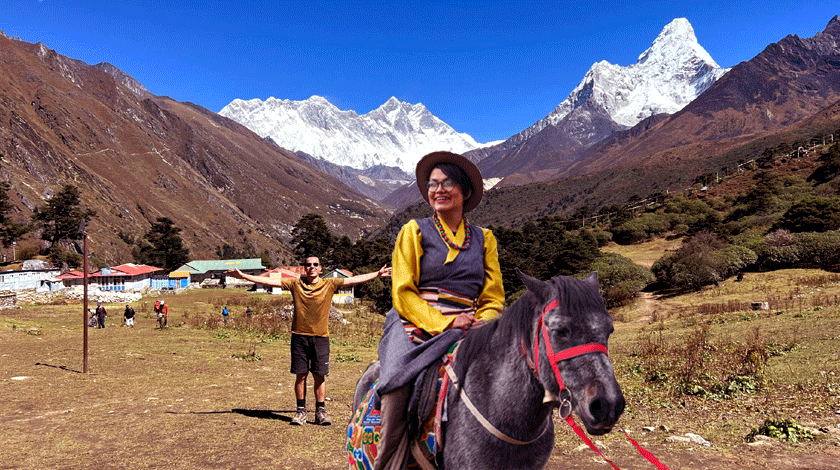Syangboche Airport
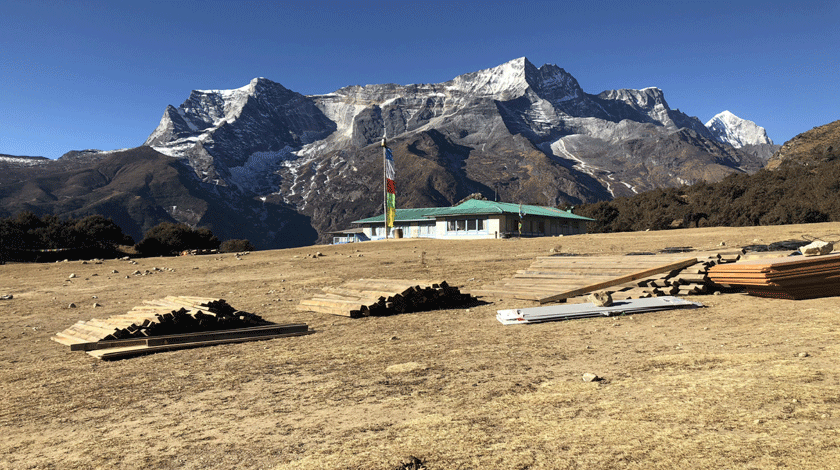
Syangboche Airport: The Gateway to the Everest Region
Syangboche Airport, nestled within the Kumjung Municipality of Solukhumbu District in Province No. 1 of Nepal, holds a unique position as the gateway to the majestic Mount Everest. Situated amidst the awe-inspiring Himalayas, this airport, designed for Short Takeoff and Landing (STOL) operations, is a vital but intermittently operational facility that lies within the hallowed boundaries of the Sagarmatha National Park. Despite its strategic significance, Syangboche Airport is frequently closed, and its intermittent operations are largely attributed to the challenging geographical location and formidable weather conditions that dominate the region.
Unpredictable Weather:
Syangboche Airport’s first and foremost challenge is its elevation. Perched at an astonishing 12,402 feet (3,780 meters) above sea level, the airport is exposed to some of the most extreme weather conditions found anywhere in the world. The Himalayas, renowned for their majesty, also harbor capricious weather patterns. Heavy winds, fog, and snowfall are common occurrences, and the unforgiving winter months amplify these challenges, rendering it perilous for flights to operate. The airport, encompassed by towering peaks and turbulent atmospheres, becomes a precarious stage upon which only the most audacious aircraft dare to dance.
The Constraint of a Short Runway:
Syangboche Airport’s runway is another impediment to its regular operations. With a runway of minimal length, the airport can only accommodate small aircraft that are specially designed for short takeoff and landing (STOL). Helicopters and similarly compact aircraft are the predominant visitors to this airport, navigating the challenging conditions to facilitate access to the high-altitude destination. Larger, conventional aircraft are unsuitable for such limited runways, which restrict the variety and size of aircraft that can safely land and take off. also disturbs the trekkers who are doing the Everest view trek and the trail is middle of the runway.
Infrastructure Limitations:
The airport’s infrastructure is rudimentary, at best, making it further susceptible to weather-induced disruptions. Syangboche Airport lacks the advanced navigational aids and safety features that are customary at larger, more urbanized airports. The absence of such systems diminishes its capacity to withstand inclement weather conditions, and the airport’s operational viability hinges on the mercurial moods of the Himalayan skies.
Seasonal Operation:
Syangboche Airport is distinctly seasonal in its operations. Given the formidable challenges posed by its location and weather patterns, the airport is typically open only for a limited duration throughout the year. It aligns its operational window with the trekking and climbing seasons in the Khumbu region, which commonly occur in the spring and autumn months. During these more favorable seasons, the airport becomes a crucial lifeline for trekkers, climbers, and adventurers eager to explore the environs of Mount Everest and the surrounding areas. However, during the harsh winter and other inhospitable periods, it remains firmly shut, out of reach for those who rely on its services.
In summary, the intermittent closure of Syangboche Airport can be largely attributed to its high-altitude perch, its vulnerability to unpredictable and extreme weather conditions, its limited infrastructure, and its role as a seasonal gateway to the Khumbu region Gokyo valley and Everest base camp trek. This airport, despite its intermittent operations, plays a pivotal role in facilitating access to the Everest region and serves as a critical node in the network of pathways that lead to the awe-inspiring heights of the Himalayas.


